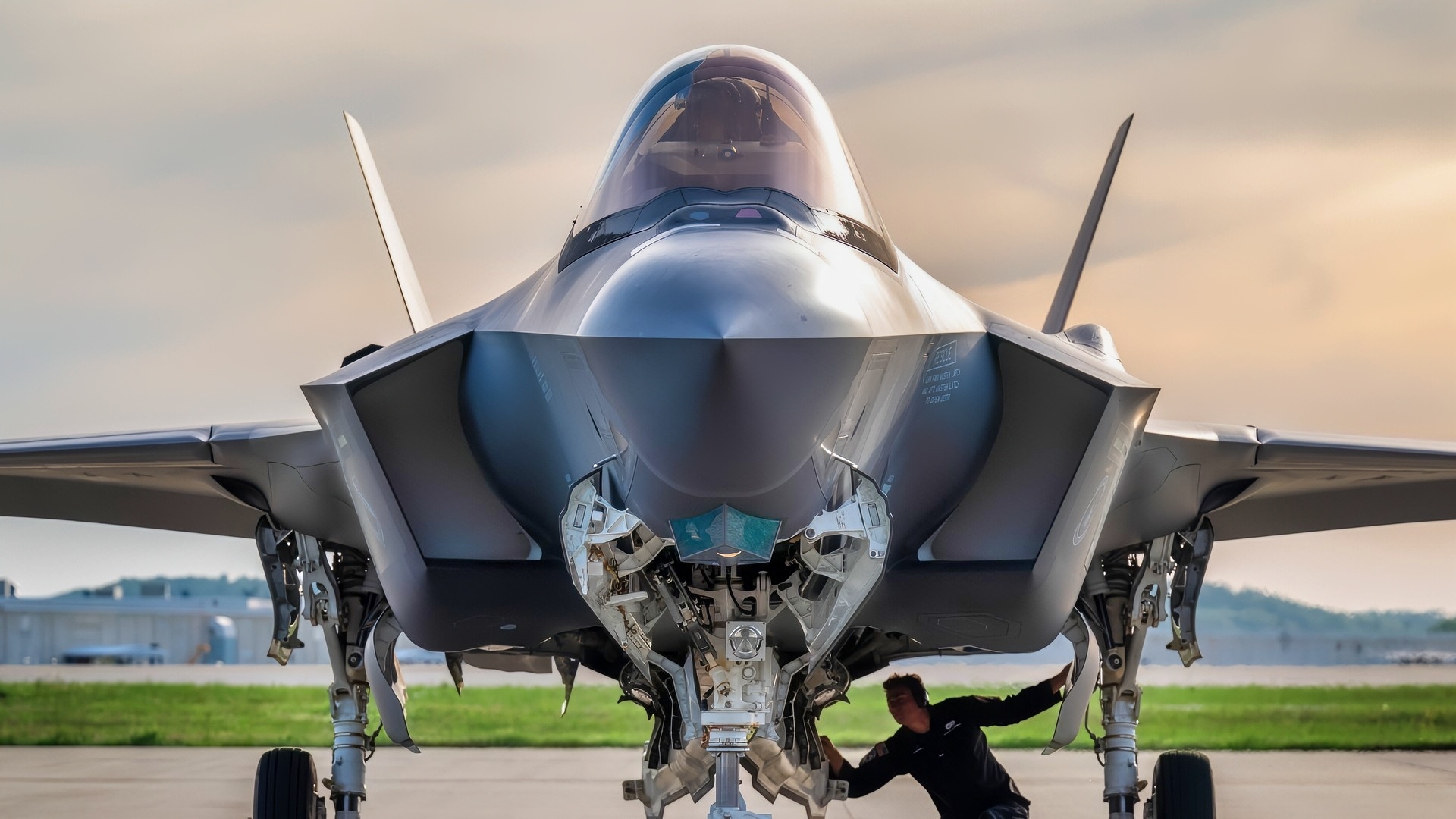Key Points and Summary – European nations and Canada are “pushing away” from the F-35, motivated by a desire for “strategic autonomy” and political friction with the Trump administration.
-Spain officially canceled its F-35 purchase in August 2025, opting for European-built alternatives after PM Pedro Sanchez clashed with Trump over NATO spending.

An F-35 Lightning II pilot from Hill Air Force Base, Utah, waits to taxi onto the runway June 20, 2019, at Mountain Home Air Force Base, Idaho. This double exposure photo was achieved in camera by combining two perspectives, a photo of the F-35 and photo of the sky, to create a singular image. (U.S. Air Force photo illustration by Airman 1st Class Andrew Kobialka)
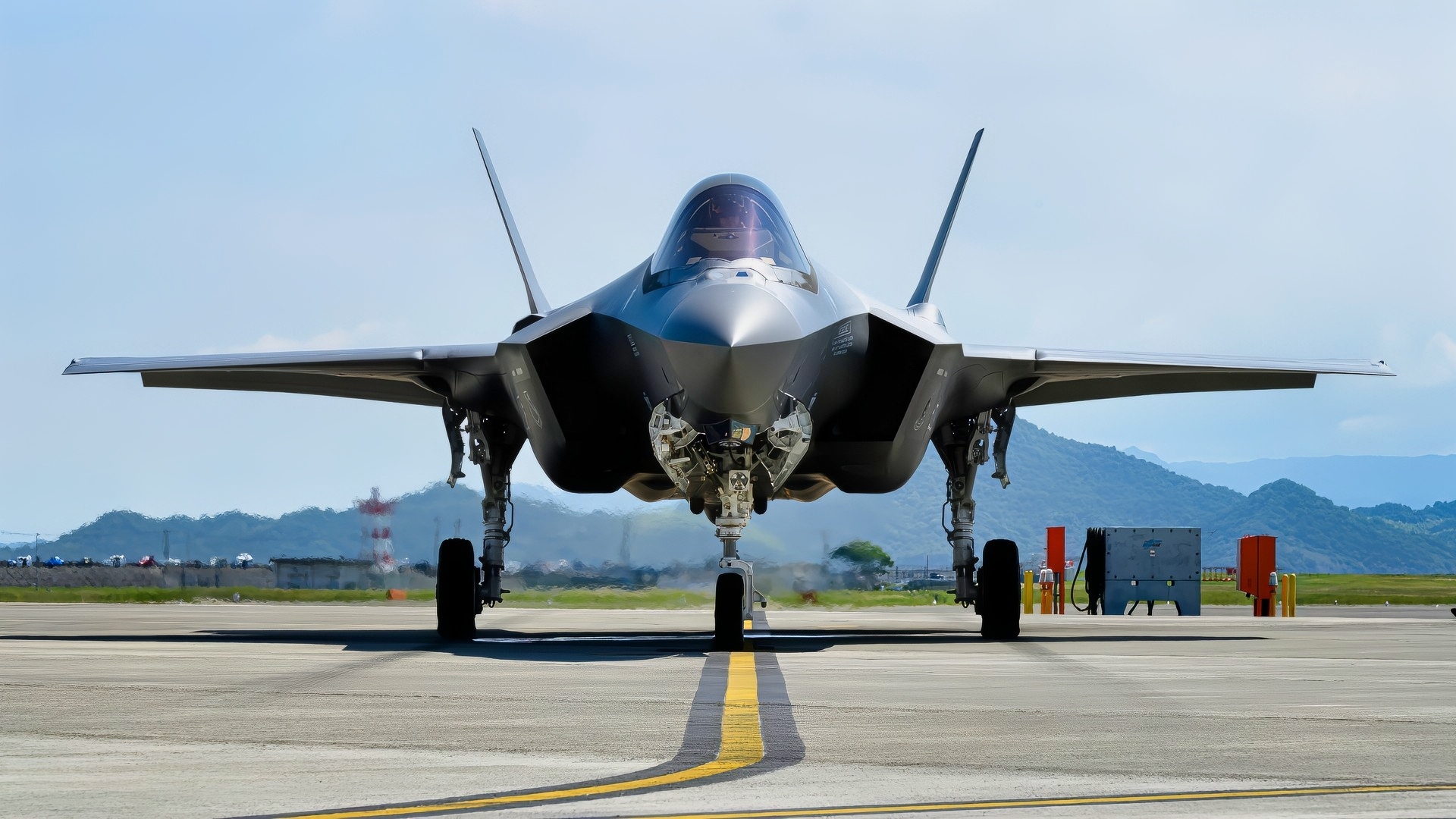
A U.S. Air Force F-35A Lightning II assigned to the 356th Expeditionary Fighter Squadron, 354th Air Expeditionary Wing, sits on the flightline during Agile Combat Employment training at Marine Corps Air Station Iwakuni, Japan, June 30, 2022. ACE is Pacific Air Forces’ model to project combat power via a network of distributed operating locations throughout the Indo-Pacific region. (U.S. Air Force photo by Senior Airman Jose Miguel T. Tamondong)
-Switzerland, meanwhile, is now reviewing its 36-jet deal after being hit with a “shocking” $1.3 billion price hike and new 39% U.S. tariffs.
-Canada’s 88-jet deal is also in “limbo,” as PM Mark Carney, angered by Trump’s “51st state” comments and trade disputes, ordered a review of the 72 un-committed jets.
Why Some European Nations Are Not Choosing The F-35
The fifth-generation F-35 stealth fighter is the most advanced fighter aircraft in the world, with over 1,200 produced and in service with more than 20 countries worldwide.
However, European nations are reevaluating their F-35 purchases due to concerns about strategic autonomy and a desire to strengthen their own defense industries.
Other factors include concerns about US influence and reliability due to political friction, such as President Trump’s demands on defense spending for NATO countries and trade policies, which have led to fears of restricted access to critical software, upgrades, and parts.
Additionally, cost increases, changes in defense spending priorities, and a reassessment of military needs are also contributing to a pivot away from the F-35, as seen in Spain’s decision to cancel its purchase.
Instead of the F-35, they are increasingly looking to European alternatives, such as the Eurofighter Typhoon and the Future Combat Air System (FCAS).
Strategic and Industrial Factors
Technological and industrial sovereignty are significant reasons why some countries are opting not to purchase the F-35. Some European nations, such as Spain and France, prioritize developing their own defense industries and technological bases. Buying American-made F-35s would make them dependent on US supply chains and could suppress the development of their own next-generation aircraft programs.
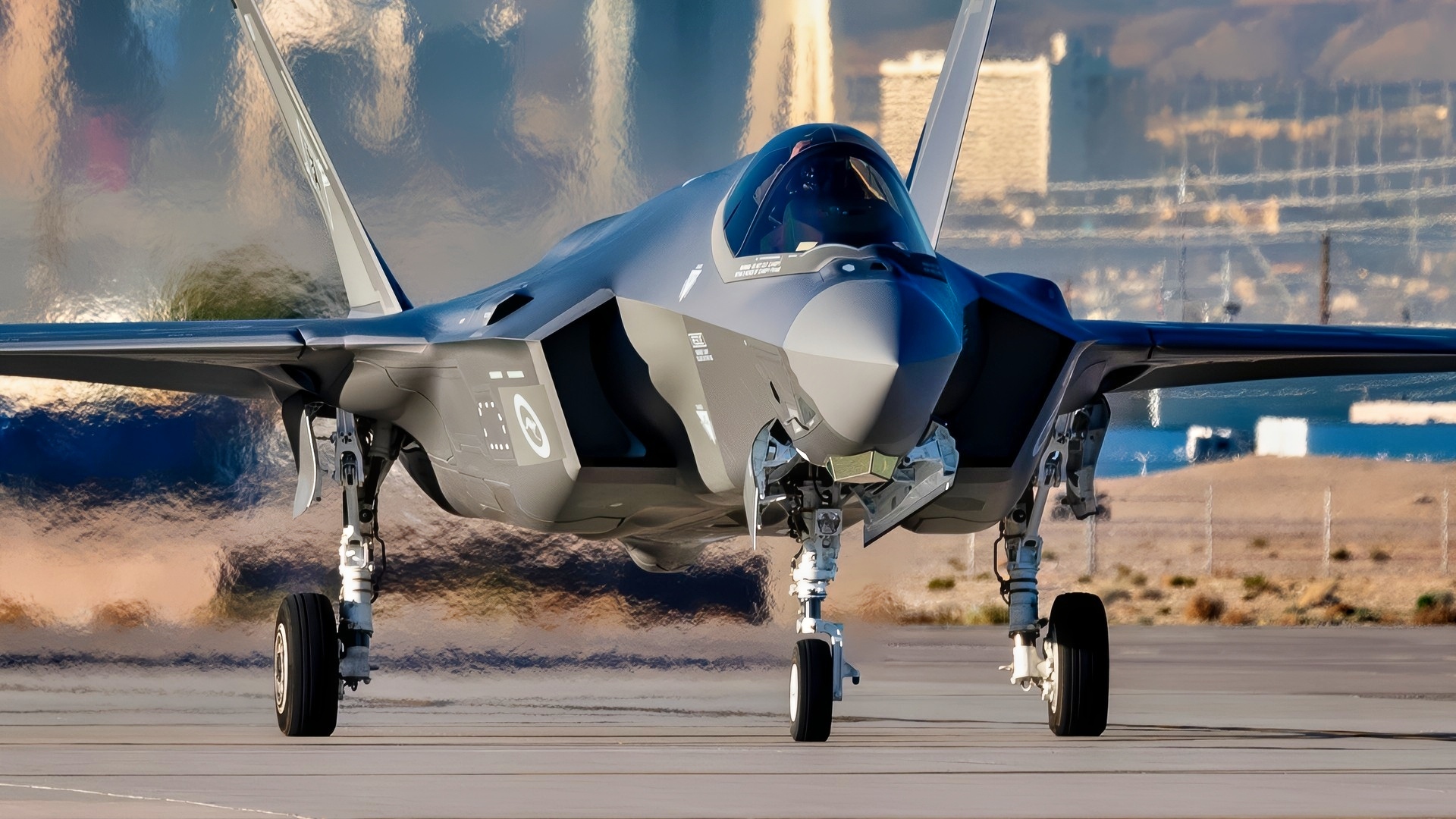
A Royal Australian Air Force F-35 Lightning II taxis out for a morning mission at Nellis Air Force Base, Nevada, Jan. 31, 2024. Approximately 150 Royal Australian aviators participated in Bamboo Eagle 24-1 with Royal Air Force and U.S. Air Force assets. These exercises build partnerships and is an opportunity to enhance the readiness and training necessary to respond as a joint force to any potential crisis or challenge across the globe. (U.S. Air Force photo by William R. Lewis)
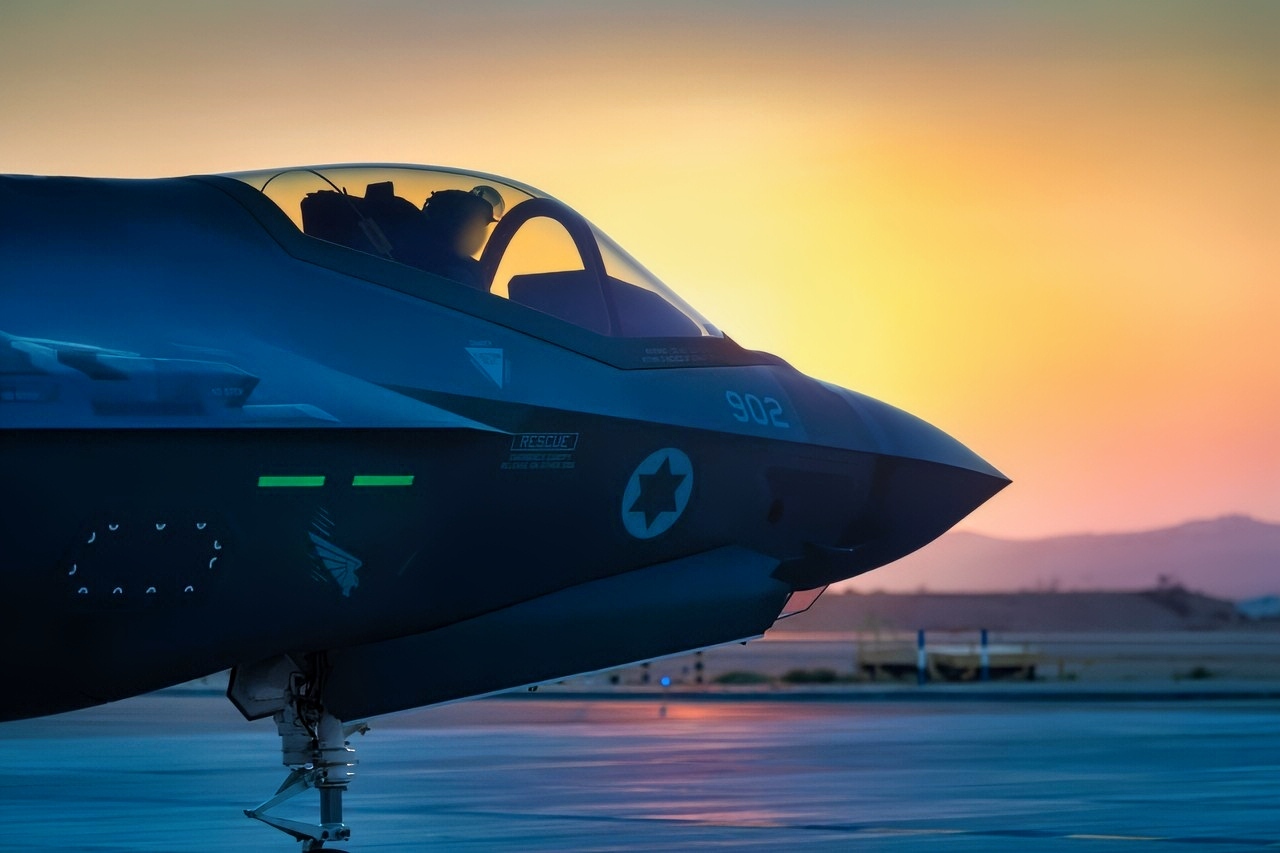
F-35I Adir Israel Stealth Fighter. Image Credit: IDF
Countries are choosing to invest in or prioritize European-made systems, such as the Eurofighter Typhoon and the Franco-German FCAS, to enhance their own defense capabilities and technological independence.
Geopolitical and Political Concerns
US political influence and trade policies from the Trump administration have upset many Europeans, as well as Canada. Tensions have risen due to demands for increased NATO defense spending and concerns over tariffs imposed by the current US administration, which has led to a backlash against US defense systems.
Concerns over US control and the mythical “kill switch” worried some nations. There is apprehension about the F-35’s “sustainment monopoly,” where the U.S. controls software, upgrades, and operational data, potentially giving it indirect control over allied operations through its ability to restrict access to parts and maintenance.
Reliability and dependability questions of the United States. Some European allies worry that future U.S. administrations could cut off support for the F-35 in a crisis, making their fleets ineffective.
Switzerland, Spain, and Canada Are Pushing Away From The F-35
The Swiss signed a deal in 2022 to purchase 36 F-35A jets under the US Foreign Military Sales (FMS) framework. The agreement was presented as a fixed-price contract worth approximately $6.25 billion.
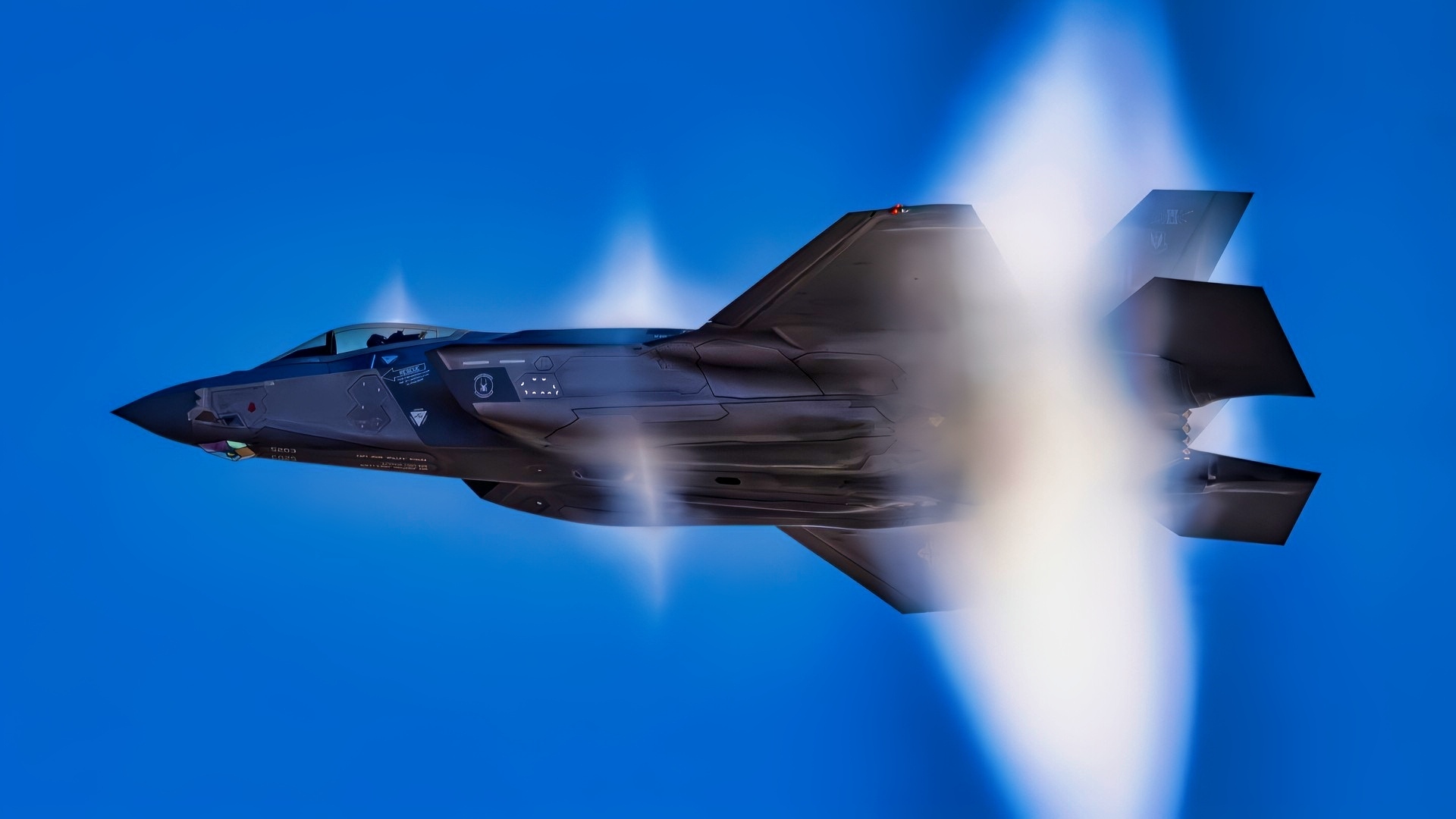
U.S. Air Force Maj. Melanie “Mach” Kluesner, pilot for the F-35A Lightning II Demonstration Team, executes precision aerial maneuvers during a practice airshow at Hill Air Force Base, Utah, Dec. 5, 2024. The practice session helps ensure the team maintains peak performance and readiness during the off-season. (U.S. Air Force photo by Senior Airman Nicholas Rupiper)
However, earlier this year, the US informed Zurich that the contract terms allowed for price adjustments based on production costs. This meant that Switzerland would owe an additional $1.3 billion due to rising energy costs and the cost of raw materials.
The Swiss pushed back, claiming that the signed contract was legally binding, which created a contentious atmosphere between the two sides. Adding to this controversy was the fact that the US imposed a 39 percent tariff on Swiss goods, notably luxury watches and coffee.
Switzerland then ordered a comprehensive review of the F-35 purchase, which could involve reducing the number of F-35s purchased or exploring an alternative airframe, possibly from a European manufacturer, to replace its aging F-18 Super Hornets.
Spain decided to withdraw from purchasing the F-35 in early August. Spain has officially ruled out buying the American F-35 fighter jet, opting instead to focus on European alternatives, such as the Eurofighter Typhoon or the future Future Combat Air System (FCAS).
The decision was reportedly motivated by a desire to prioritize investment in European industry and defense autonomy, a commitment to a European-based defense ecosystem, and strategic concerns about American control over the technology and future upgrades.
Trump Reacts to Countries Leaving the Program
However, President Trump was very critical of Spain at the NATO Summit in the Netherlands for not committing to a new alliance defense spending plan of 2 percent of GDP, split between allocating 1.5 percent of GDP on military items and an additional 0.5 percent on security investments like infrastructure.
And that, no doubt, played into its decision to pass on the F-35 as a replacement for its aging Harrier jump jets. Lockheed Martin stated earlier that the F-35 was Spain’s only true option for a short-takeoff-landing aircraft.
“We fully respect the legitimate desire of other countries to increase their defense investment, but we are not going to do it,” said Spanish Prime Minister Pedro Sanchez in June, adding that spending 2.1 percent of GDP would be enough for the country to meet its NATO obligations, according to France 24.
Canada has been waffling on the F-35 purchase agreement with the US for years. Canada has agreed to purchase 88 F-35s, of which it has already obligated itself to buy 16. The remaining 72, however, have been the source of much debate.
Trade disputes with the US, along with the tariffs imposed by President Trump and his calls to make Canada “the 51st state,” have lit a firestorm in tensions between the two neighbors.
Then last spring, shortly after coming to power, Prime Minister Mark Carney ordered a review of the $27.7 billion purchase from Lockheed Martin.
Carney, who won the April election on a promise to stand up to U.S. President Donald Trump, had requested the review by military officials in March because Canada was over-reliant on the U.S. defense industry.
The Deputy Defense Minister of Canada, Stefani Beck, stated on October 7 that the military is preparing for the arrival of American-built F-35 stealth fighters, despite the government’s slow progress.
Beck said to MPs, “What we have as direction is to continue with the contract… with the arrangements that we have in place until we hear otherwise.”
“We are full steam ahead, full steam ahead focused on making sure we’ve got the infrastructure, the pilots, the training in place for the arrival of those F-35s.”
Contrary to some reports, Portugal has not canceled the F-35; however, the country is not currently a customer for the aircraft and does not operate any F-35s.
While other nations have been considering or acquiring the F-35, recent information does not indicate a cancellation by Portugal; instead, it suggests that Portugal has not opted to purchase them.
Portugal’s air force currently operates a fleet of F-16 Fighting Falcons.
While some European countries have opted to build their own aircraft, the market for the F-35 remains strong.
About the Author: Steve Balestrieri
Steve Balestrieri is a National Security Columnist. He served as a US Army Special Forces NCO and Warrant Officer. In addition to writing on defense, he covers the NFL for PatsFans.com and is a member of the Pro Football Writers of America (PFWA). His work was regularly featured in many military publications.
More Military
A ‘Small War’ Against Venezuela Is a Really Big Mistake
The Air Force’s Mach 2 F-15C/D Fighter Isn’t Going Anywhere
The United Kingdom Has a Message for the F-35 Stealth Fighter


